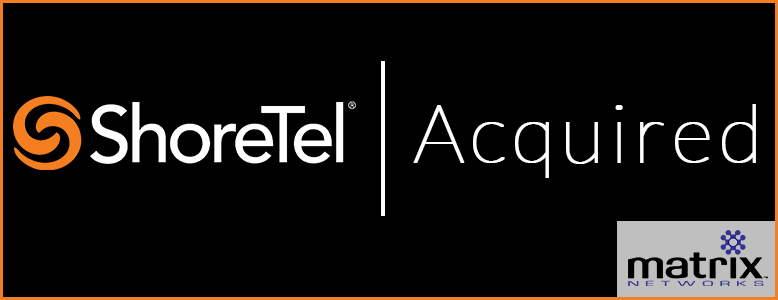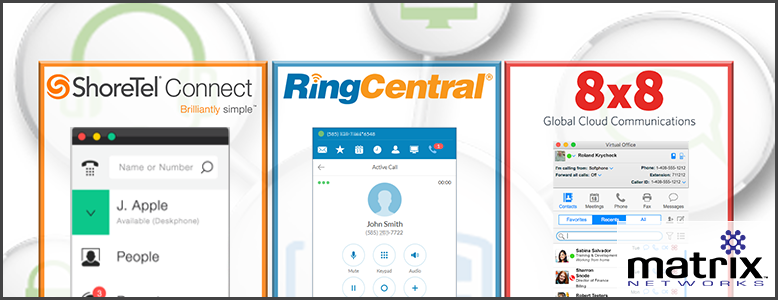Early this morning Mitel announced an agreement to purchase ShoreTel in an all-cash deal worth about $430 million. The plan is to acquire all of ShoreTel's outstanding shares at a price of $7.50 per share, followed by a merger of the two companies. This merger will not require approval of ShoreTel's stockholders but will require a regulatory review before it can close. This is big news in the telecom industry, especially since the amount is $110 million less than what Mitel offered ShoreTel shareholders about three years ago. If approved, the merger will make "MoreTel" the 2nd largest player in the UCaaS market (Mitel + ShoreTel = MoreTel).
Recent Posts
There are right ways and wrong ways to use Unified Communications (UC). The vast majority of companies and employees underutilize their UC platform in terms of how it can increase productivity. UC platforms such as ShoreTel, RingCentral and 8x8 are designed to optimize business processes. Do you really feel more efficient since you installed that application on your computer or mobile device? To truly get your money’s worth out of your communications platform, and experience all the benefits that were promised pre-sale, you need some pointers on how to use UC to work smarter, work faster, and work together. The ideas below are just the tip of the iceberg when it comes to functionality; they are written primarily to spark your creativity in bringing out the best in your UC platform.
As I described in my previous post, it really sucks to work with carriers. A lesser known alternative solution, called “Connectivity as a Service” has started to evolve to replace direct carrier relationships, improve the support experience drastically, and introduce value-added services.
Dial Tone Carriers and Internet Service Providers (e.g. Comcast, CenturyLink, Frontier, Integra, etc.) are necessary evils in the world of IT Directors, CIO’s and Telecom Managers. Every business relies on connectivity, but at the same time they hate the people who provide their connectivity. On their list of “Vendors We Wish We Could Fire,” carriers are at the top. Too bad they can’t.
Over the next year, E-Rate will fund an additional $1 billion in new K-12 Wi-Fi deployments. This guaranteed money is in addition to the $2.4 billion initially budgeted, and the $1 billion added to the pot last year. IT Directors and Network Managers of K-12 school districts need to have a solid grasp on the E-rate process and plan carefully to take advantage of these funds. This article is written to address the following questions for K-12 IT professionals:
The rate of change within the technology industry is astounding. The reality is that technology does not grow at a steady rate like my 5 year old son does but instead grows exponentially. Futurist Ray Kurzweil put it this way: “We won’t experience 100 years of progress in the 21st century – it will be more like 20,000 years of progress (at today’s rate).” One manifestation of this idea is Moore’s Law, named after Intel co-founder Gordon Moore. In 1965 he wrote that computer processing speeds will double every 18 months. This was true for a while, but with Kurzweil’s “Law of Accelerating Returns,” the doubling of these processing speeds now happens much faster than that.








.svg%20(1).png?width=55&name=1200px-Logo_of_YouTube_(2015-2017).svg%20(1).png)

